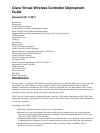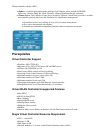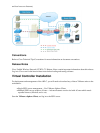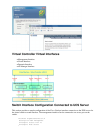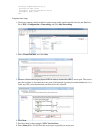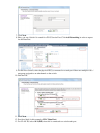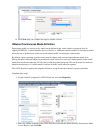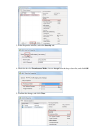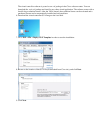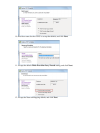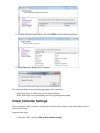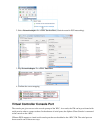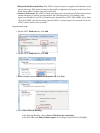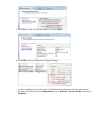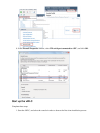Cisco Virtual Wireless Controller Deployment
Guide
Document ID: 113677
Introduction
Prerequisites
Virtual Controller Support
Virtual WLAN Controller Unsupported Features
Single Virtual Controller Resource Requirement
Suggested Hardware Recommendations for Hosting Cisco Virtual Controllers
AP Requirement
Components Used
Topology
Conventions
Release Notes
Virtual Controller Installation
Virtual Controller Virtual Interfaces
Switch Interface Configuration Connected to UCS Server
VMware Promiscuous Mode Definition
Virtual Controller Settings
Virtual Controller Console Port
Start up the vWLC
Virtual Controller Management with Cisco Prime 1.2
Upgrade the Virtual Controller
Troubleshooting
AP Considerations
Time is Incorrect
SSC Hash
Related Information
Introduction
Prior to release 7.3, wireless LAN (WLAN) controller software ran on dedicated hardware you were expected
to purchase. The Virtual Wireless LAN Controller (vWLC) runs on general hardware under an industry
standard virtualization infrastructure. The vWLC is ideal for small and mid−size deployments with a virtual
infrastructure and require an on−premises controller. Distributed branch environments can also benefit with a
centralized virtual controller with fewer branches required (up to 200).
vWLCs are not a replacement of shipping hardware controllers. The function and features of the vWLC offer
deployment advantages and benefits of controller services where data centers with virtualization infrastructure
exist or are considered.
Advantages of the vWLC:
Flexibility in hardware selection based on your requirements.•
Reduced cost, space requirements, and other overheads since multiple boxes can be replaced with
single hardware running multiple instances of controllers, network management devices (NCS) and
other servers (ISE, MSE, VSG / firewall).
•
Independent and mutually exclusive instances allow administrators to use multiple virtual controllers
to manage different campuses (or even to manage multiple customer sites) using the same hardware.
•
Enable features provided by the virtualization software, including High Availability, failover
protection, and ease of migration.
•



